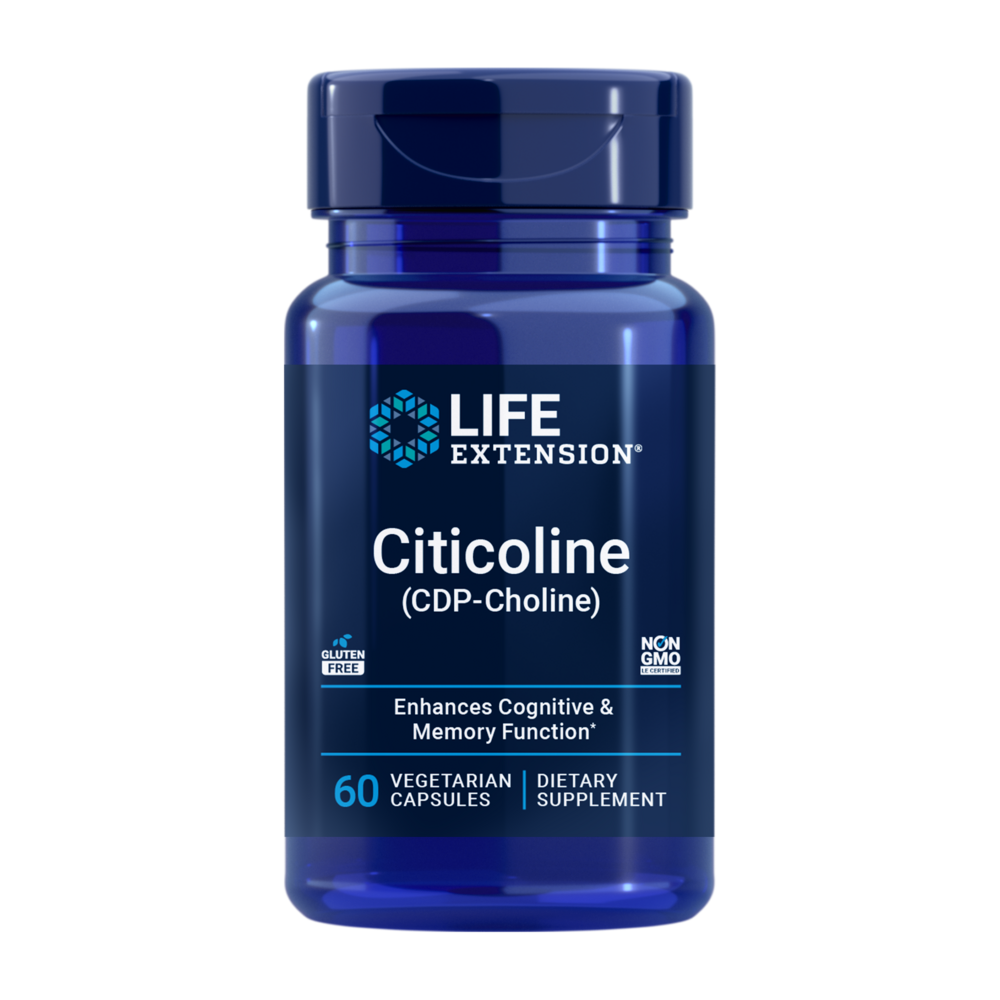The very word of Alzheimer’s Disease (AD) brings sadness. Many of us have experienced the sadness of witnessing someone we love gradually decline and lose their mental faculties. It is estimated that 5.3 million Americans have AD and it is the 6th leading cause of death in the United States according to the Alzheimer’ Association publication “2009 Alzheimer’s Disease Facts and Figures”. For Americans, 65 and older, suffering with AD, health care costs triple. More than 148 billion of direct and indirect costs to Medicare, Medicaid, and other businesses are attributed to AD. Those are enormous costs. And those costs keep growing! However, science has elucidated the following modifiable factors that we could impact today.
- One of the current theories of Alzheimer’s is that the brain is on fire, the fire of inflammation. In 2007 the journal "Current Alzheimer Research" discussed that inflammation and its byproducts (cytokines, free radicals, oxidative stress) are associated with AD. The authors showed that acute exposure to copper and lead should be considered triggers in affecting gene expression related to AD. Also, chronic exposure to high levels of toxicants induces an inflammatory response which may be intensified when associated with inadequate levels of trace minerals. Trace minerals can initiate the displacement of heavy metals or facilitate the removal of excessive levels minerals such as copper. When I test patients’ minerals and vitamin status, I find that most people are suffering from gross trace mineral deficiencies. It is already known how mercury and other heavy metals can cause both oxidation and inflammation. Therefore, heavy metals present in individuals with trace mineral deficiencies can cause brain inflammation. Therefore, individuals with cognitive difficulties should be tested for heavy metals and trace minerals. Other factor that increases brain inflammation is monosodium glutamate (MSG) used as a food additive. It is commonly marketed as a flavor enhancer and it is a neurotoxin, causing over excitation, excess oxidation, and possible neuronal death.
- Another area we must consider in our attempt to reduce inflammation are food sensitivities, particularly gluten and gliadin. In his article “Gene–Diet Interactions in Brain Aging and Neurodegenerative Disorders”, Dr. Mark Mattson states that “Emerging findings suggest that dietary factors play major roles in determining whether the brain ages successfully or experiences a neurodegenerative disease" (National Institute on Aging, Annals of Internal Medicine, Vol. 139, no.5 2003, 441-444)
- Vitamin D deficiency is a widespread problem among the elderly and has been associated with multiple disease states. Recently, Vitamin D deficiency has been linked to dementia, particularly AD, through several mechanisms. Current clinical trials discuss a possible link between low vitamin D levels and low cognitive test scores in AD patients. (Vitamin D and Alzheimer's disease: is there a link?”, Pogge E., Consult Pharm. 2010 Jul;25(7):440-50)
- Also, high blood homocysteine levels induce inflammation and increased cardiovascular risk. Nutritional deficiencies such as folate and B12, as well as oxidative stress, can alter DNA (reducing the body’s ability to repair DNA) and properly detoxify heavy metals accumulations among other things. In 2002, the New England Journal of Medicine reported that people with a plasma homocysteine level greater than 14.25 micromoles per liter have nearly double the risk of AD. Their conclusion: an increased plasma homocysteine level is a strong, independent risk factor for the development of dementia and Alzheimer's disease. Since elevated homocysteine will cause inflammation in many parts of the body, do not wait until it gets over 14. My goal is to maintain my patients’ homocysteine level between 6-8 to reduce their AD and cardiovascular risk. (http://www.nejm.org/doi/pdf/10.1056/NEJMoa011613)
- One of the body’s primary self-defense mechanisms is the conversion and neutralization of metabolic products and toxins into soluble and safe byproducts which can then be eliminated. Repeated exposure to food-borne toxic chemicals, environmental pollutants, bacterial toxins, and other substances can increase the detoxification burden. This overload can lead to greater production of free radicals and damage to many body systems. Impaired detoxification has been noted in AD. To prevent the development of AD, it is important to undergo specific functional laboratory assessments, which provide clinical information and effective treatment applications for individuals with imbalanced detoxification.
Therefore, you should reduce inflammation to a minimum. Also, you should be tested for heavy metals, trace minerals, homocysteine, vitamin D, insulin resistance, detoxification function, and food sensitivities. Don’t postpone. Take action today!









